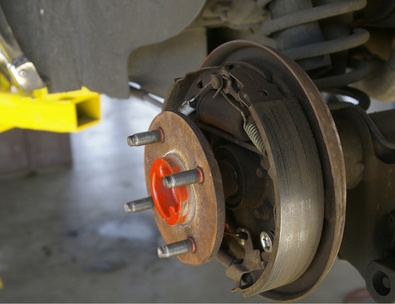
As the name implies, brake line flaring is the practice wherein the mechanic adds a flare at the end of the brake line to ensure a leak-proof connection. Think of the brake line flare as the flare at the bottom of a pair of jeans: With flaring, the end of the tube opens wider, and allowing the connection to slip in deeper and with more ease. It takes quite an amount of practice and knowledge to determine the types of brake line flares in order to get it perfect for the automobile in question.
The 45-degree double flare is a male threaded tube nut that connects directly to the outside diameter (OD) of the flared tube. Those performing the flaring need a double flare to help control the galling (friction wear) that may result from cracking right at the flare.
A bubble flare, used together with a male swivel nut, seals the bottom of a tapped and drilled hole culminating in an angled end. Bubble flares normally allow for resealing, but they have a reputation for a limited lifespan, and you cannot recover them from the deformation that occurs during the first seal.
ISO bubble flares are essentially the same components as plain bubble flares; the difference between the two types lies in the fact that ISO bubble flares have pipes and threads measured in metric sizes rather than in inches.
These flares, often known for their incorporation in most non-British race cars, have a 37-degree single flare that you can combine with a nut to accept double flares. The 37-degree flare became standard during World War II for the use in army and navy aircrafts.